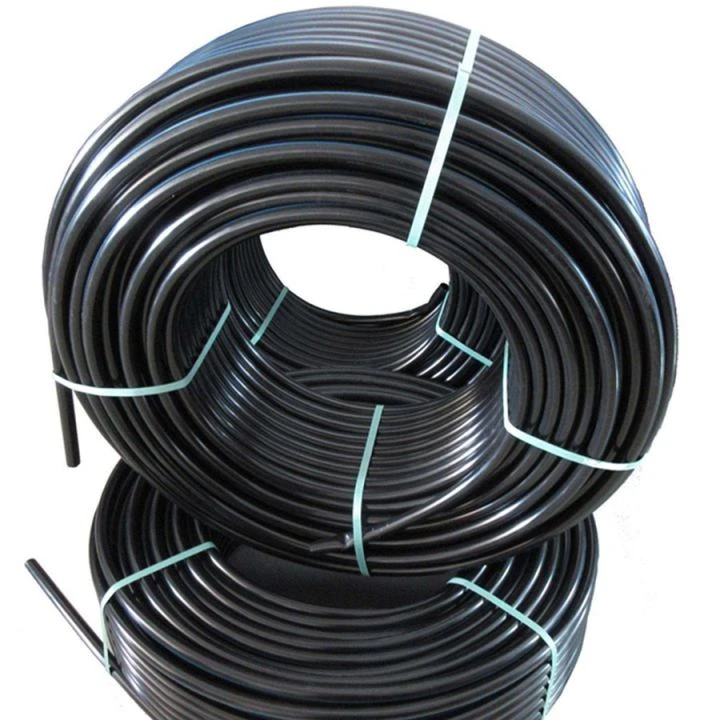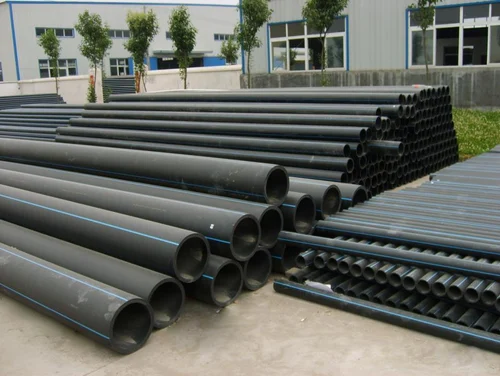Introduction
Polyethylene PE piping systems have gained significant popularity in various industries due to their exceptional properties such as corrosion resistance, flexibility, and durability. As technology and market demands evolve, so do the specifications governing these piping systems. This article will explore the latest specifications for PE piping systems, emphasizing the essential role of pipe press fittings in ensuring efficient and reliable connections.

Overview of PE Piping Systems
What is PE?
Polyethylene is a lightweight, thermoplastic polymer that is widely used in the manufacturing of piping systems. Its high-density variant, HDPE (High-Density Polyethylene), is particularly favored for its strength and resilience.
Key Properties of PE Pipes
- Corrosion Resistance: PE pipes are impervious to many chemicals, making them ideal for applications in aggressive environments.
- Lightweight and Flexible: The low weight of PE pipes allows for easy handling and installation, especially in challenging terrains.
- Durability: With a lifespan that can exceed 50 years, PE pipes are a long-term solution for various piping needs.
Latest Specifications for PE Piping Systems
1. Material Standards
PE piping systems are governed by various international standards to ensure quality and safety. Some of the latest standards include:
- ASTM D3035: This standard specifies the requirements for polyethylene pipes used in water distribution and drainage applications.
- ISO 4427: This international standard outlines the specifications for PE pipes intended for the transport of water under pressure.
2. Pipe Dimensions and Wall Thickness
The dimensions and wall thickness of PE pipes are crucial for ensuring they meet the specific requirements of different applications. Key specifications include:
- Diameter: PE pipes come in various diameters, typically ranging from 20mm to 1600mm, to accommodate different flow requirements.
- Wall Thickness: The wall thickness is determined by the pressure rating and application. It is essential to select the appropriate thickness to withstand the operating pressures and external loads.
3. Joining Methods
Joining methods for PE piping systems are critical for maintaining the integrity of the system. The latest specifications emphasize several key joining techniques:
- Electrofusion: This method involves using heat to fuse the pipe ends together. It ensures a strong, permanent bond, suitable for high-pressure applications.
- Butt Fusion: Similar to electrofusion, butt fusion uses heat to join two pipe ends, creating a seamless connection that is reliable and durable.
- Pipe Press Fittings: An increasingly popular method, pipe press fittings allow for quick and efficient connections without the need for welding. This technique reduces installation time and minimizes potential errors.
The Role of Pipe Press Fittings
Importance of Pipe Press Fittings
Pipe press fittings are essential components in PE piping systems. They facilitate the efficient and secure connection of pipes, ensuring the overall reliability of the system.
Benefits of Using Pipe Press Fittings
- Quick Installation: One of the most significant advantages of pipe press fittings is the speed of installation. They allow for rapid connections without extensive preparation or curing time, leading to reduced labor costs.
- Leak-Proof Sealing: Designed for high performance, pipe press fittings provide excellent sealing capabilities, significantly reducing the risk of leaks that could compromise the piping system.
- Compatibility: Pipe press fittings are versatile and can be used with various pipe materials, including PE, PVC, and metal pipes, making them suitable for a wide range of applications.
Challenges in PE Piping Systems
1. Material Variability
The quality of PE pipes can vary based on the manufacturing process and raw materials used. It is essential to source pipes from reputable manufacturers who adhere to established standards.
2. Installation Training
While pipe press fittings simplify the installation process, proper training is crucial. Incorrect installation can lead to system failures, emphasizing the need for skilled personnel in the field.
3. Market Competition
The increasing demand for PE piping systems has led to heightened competition among manufacturers. Companies must continuously innovate to maintain their market position and meet evolving customer needs.
Future Outlook for PE Piping Systems
1. Market Growth Projections
The PE piping market is expected to continue growing due to ongoing infrastructure investments and the increasing demand for sustainable solutions. Projections indicate a strong upward trend in market value and volume in the coming years.
2. Advancements in Technology
Technological innovations in manufacturing and installation processes will enhance the performance of PE piping systems. This includes improvements in pipe press fittings that further streamline the installation process.
3. Focus on Sustainability
With growing environmental concerns, there is an increased focus on using recyclable materials in PE piping systems. The industry is moving towards more sustainable practices, aligning with global sustainability goals.
Conclusion
The latest specifications for PE piping systems emphasize the importance of material standards, dimensions, joining methods, and the critical role of pipe press fittings. As the market continues to grow and evolve, understanding these specifications is essential for ensuring the efficiency and reliability of piping systems in various applications.
Frequently Asked Questions (FAQ)
- What are the primary applications of PE pipes?
- PE pipes are used in water distribution, sewage treatment, agricultural irrigation, and industrial applications.
- What are pipe press fittings?
- Pipe press fittings are connectors that allow for quick and secure joining of pipes, eliminating the need for welding.
- What are the advantages of using PE piping systems?
- Advantages include corrosion resistance, durability, lightweight, and flexibility.
- What joining methods are commonly used for PE pipes?
- Common methods include electrofusion, butt fusion, and pipe press fittings.
- How does proper installation impact the performance of PE piping systems?
- Proper installation is critical for preventing leaks and ensuring the long-term reliability of the piping system.


















